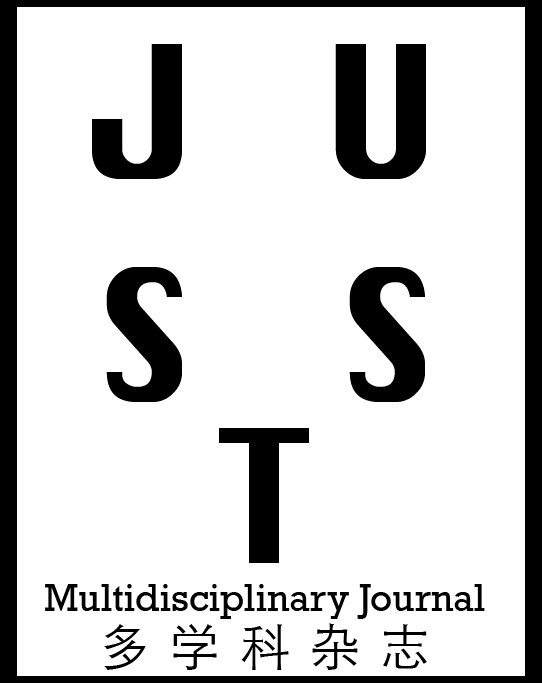Janani N, Kalaivani K, Kaveya Dharsheni S, Kowsalya P,
Department of Biotechnology, Dr. N.G.P. Arts and Science College, Coimbatore- 641 048, India.
Palaniswamy R (corresponding author), Assistant Professor,
Department of Biotechnology, Dr. N.G.P. Arts and Science College, Coimbatore- 641 048, India.
Natural Dye Extraction from the Combinations of Camellia sinensis, Portulaca grandiflorum, Macrotyloma uniflorum Vigna radiata, Punica granatum & Mentha piperita
Authors
Abstract
Environmentalists are usually involved about the unbridled use of artificial dyes in the material
enterprise as they lead to water, air pollutions and exceptional troubles related to waste water disposal.
Natural dyes have gained a space starting in the area of fabric coloration. They are extra well matched
with the environment in contrast to synthetic dyes because they are eco-friendly, non-allergic, non-
toxic and also they are biodegradable. Due to the recognition amongst human beings involving the
environmental and health risks elated with the use of artificial dyes, the craze for the apparels dyed
with herbal dye is growing exponentially. The current study focused to produce various shades on the
cotton fabric by using the combinations of Camellia sinensis & Portulaca grandiflorum, Macrotyloma
uniflorum & Vigna radiata, Punica granatum & Mentha piperita with two different extraction
methods such as Aqueous extraction and Alkaline extraction. The alum is used as mordant. The
colour fastness was analysed and assessment confirmed that all dyed fabrics could withstand colour
fastness test moderately. Further to discover precise chromophores in dye extracts and their molecular
configurations due to mordants, FT-IR spectroscopy was employed.
